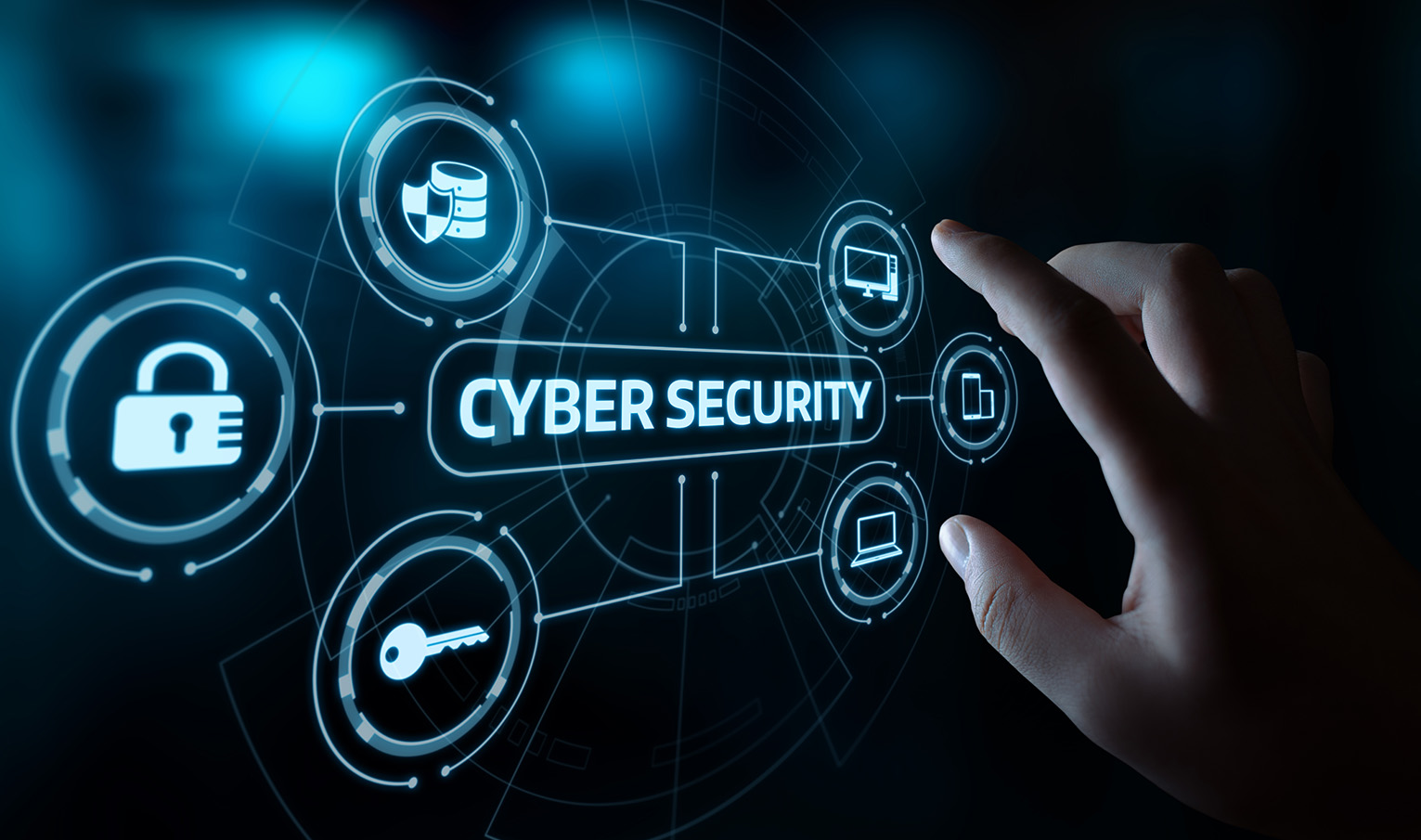Table of Contents
- Introduction to Cybersecurity Assessments
- Why Businesses Need Cybersecurity Assessments
- Critical Components of Effective Assessments
- Conducting a Cybersecurity Assessment
- Common Threats and Vulnerabilities
- Resources for Cybersecurity Best Practices
- Conclusion
Introduction to Cybersecurity Assessments
With the increasing sophistication of cyber threats, Cybersecurity Assessments are essential for businesses aiming to protect their digital assets. Cyber-attacks are becoming more frequent and severe, targeting organizations of all sizes. These evaluations identify potential security threats and vulnerabilities, providing crucial insights into the organization’s security posture. Businesses can enhance their defenses and reduce risks by assessing their cybersecurity posture.
Why Businesses Need Cybersecurity Assessments
The evolving landscape of technology also means evolving tactics for cybercriminals. Regularly conducting cybersecurity assessments helps businesses stay ahead of these threats. These assessments are instrumental in preventing data breaches, protecting customer information, and maintaining the organization’s reputation. Not only do they help identify weaknesses, but they also ensure compliance with industry regulations, which is crucial for avoiding potential fines and legal issues. Furthermore, having a solid cybersecurity framework instills confidence among customers and partners, showcasing the business’s commitment to data protection.
Critical Components of Effective Assessments
- Vulnerability Scanning: Vulnerability scanning involves examining the system for any security weaknesses. This automated process scans the network, systems, and applications to identify known vulnerabilities. This process helps proactively identify potential compromise areas, enabling businesses to address them before attackers exploit them. Regular vulnerability scans ensure the organization stays updated against newly discovered vulnerabilities and maintains a robust security posture.
- Penetration Testing: Penetration testing simulates cyberattacks to uncover vulnerabilities that attackers might exploit. This hands-on approach provides a real-world understanding of the organization’s security status. Skilled testers attempt to breach security defenses using techniques that a malicious hacker might use, uncovering hidden vulnerabilities that automated tools might miss. This comprehensive evaluation helps strengthen the overall security system by mitigating potential threats.
- Risk Analysis: Risk analysis assesses the potential impact of various cyber threats. It helps businesses prioritize their security efforts based on identified risks. Organizations can allocate resources efficiently to address the most critical vulnerabilities by evaluating the likelihood and consequences of different threats. Risk analysis provides a strategic overview, enabling businesses to focus on high-impact areas and implement effective risk management strategies.
- Compliance Reviews: Ensuring compliance with industry regulations and standards is vital. Compliance reviews check whether the organization meets regulatory bodies’ security requirements. These reviews help businesses avoid legal repercussions and adhere to industry best practices. Regular compliance reviews assure stakeholders that the organization maintains high security and ethical standards.
Conducting a Cybersecurity Assessment
Conducting a thorough cybersecurity assessment involves multiple steps:
- Planning: This initial phase involves defining the scope and objectives of the assessment. It includes identifying the assets and systems to be evaluated and setting clear goals for the assessment process.
- Data Collection: This step gathers relevant data on existing security measures, policies, and procedures. This can include network diagrams, configuration files, security policies, and logs.
- Analysis: The gathered data is analyzed to pinpoint weaknesses and risks. This entails utilizing both automated tools and manual methods to identify system vulnerabilities.
- Reporting: Findings are documented in a detailed report, providing actionable recommendations for improvement. This report includes identified vulnerabilities, potential impacts, and suggested remediation steps.
- Implementation: This final step involves addressing the identified vulnerabilities and implementing the recommended security measures. Continuous monitoring and periodic reassessments ensure that the implemented measures remain effective.
Common Threats and Vulnerabilities
Understanding common threats is crucial for effective cybersecurity. Some prevalent threats include:
- Phishing: Attacks use deceptive emails or messages to deceive users into revealing sensitive information like login credentials or financial details.
- Malware: Harmful programs like viruses, worms, and spyware can potentially infect systems and cause data breaches or harm to them.
- Ransomware: This malicious software encrypts a target’s data and requests payment in exchange for its decryption. It has the potential to create significant operational disturbances and financial setbacks.
If not adequately addressed, these threats can significantly affect businesses. Staying informed about and understanding how to protect against them is critical for maintaining a secure environment.
Resources for Cybersecurity Best Practices
Businesses can refer to resources like the Cybersecurity and Infrastructure Security Agency (CISA) to stay updated on cybersecurity best practices. These resources provide comprehensive guidelines and recommendations for enhancing cybersecurity frameworks. Utilizing such resources ensures businesses implement effective security strategies and remain informed about emerging threats and mitigation techniques.
Conclusion
Cybersecurity assessments are crucial for protecting business assets in today’s digital age. By regularly conducting these assessments, businesses can ensure better security and compliance and maintain the trust of their stakeholders. Investing in robust cybersecurity measures safeguards digital assets and fortifies the organization against future threats.


